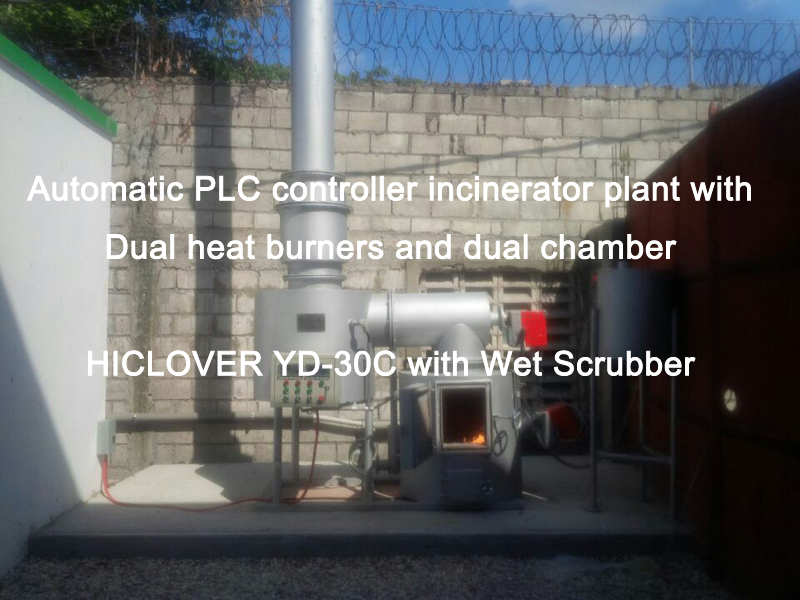Composting is a natural process that turns organic waste into a nutrient-rich soil amendment. It is an environmentally friendly way to manage kitchen scraps and yard waste while reducing the amount of waste that ends up in landfills. In addition to reducing greenhouse gas emissions and promoting a healthier planet, composting also provides numerous benefits for gardeners who want to enhance the quality of their soil.
To understand the science behind composting, it is important to first know the basic principles of the process. Composting involves the decomposition of organic materials, such as food scraps, yard waste, and other biodegradable materials, by microorganisms such as bacteria, fungi, and other decomposers. These microorganisms break down the organic matter into simpler compounds, resulting in the formation of humus, a dark, nutrient-rich material that improves soil structure and fertility.
The key to successful composting lies in creating the right conditions for microbial activity. Temperature, moisture, oxygen, and carbon-to-nitrogen ratio are crucial factors that influence the rate and efficiency of decomposition. A balanced mix of brown materials (such as leaves, straw, and wood chips) and green materials (like kitchen scraps, grass clippings, and manure) is important to provide the necessary carbon and nitrogen for microbial growth. Turning the compost pile regularly aerates the pile, providing oxygen for the microbes and speeding up the decomposition process.
Properly managing these factors can help create a healthy and efficient composting system at home. Here are a few steps to help you get started with composting:
1. Choose a suitable location: Select a dry, well-drained area with good air circulation. Your composting system can be as simple as a pile in your backyard or a compost bin or tumbler.
2. Collect organic waste: Gather kitchen scraps like fruit and vegetable peels, coffee grounds, eggshells, and yard waste like leaves, grass clippings, and trimmings.
3. Layer the organic materials: Alternate layers of brown and green materials to achieve the right carbon-to-nitrogen ratio. Keeping the compost aerated and balanced helps facilitate the decomposition process.
4. Monitor moisture and aeration: Keep the compost pile moist but not water-logged, and turn it occasionally to provide oxygen to the microorganisms.
5. Harvest the compost: After a few months, the organic materials will have broken down into a dark, crumbly substance that resembles soil. This is your finished compost, which can be used to enrich your garden’s soil.
By following these steps, you can turn your kitchen and yard waste into a valuable resource that nourishes your plants and reduces your environmental impact. Composting not only diverts organic waste from landfills, but also helps to combat climate change. When organic matter decomposes in landfills, it produces methane, a potent greenhouse gas. Composting, on the other hand, produces little to no methane and helps in slowing down climate change.
In conclusion, composting is a simple and effective way to dispose of organic waste while creating a valuable soil amendment. By understanding the scientific principles behind composting and properly managing the process at home, you can contribute to a healthier environment and improve the quality of your garden’s soil. So, why not give composting a try and turn your kitchen and yard waste into black gold for your garden?



